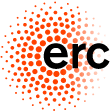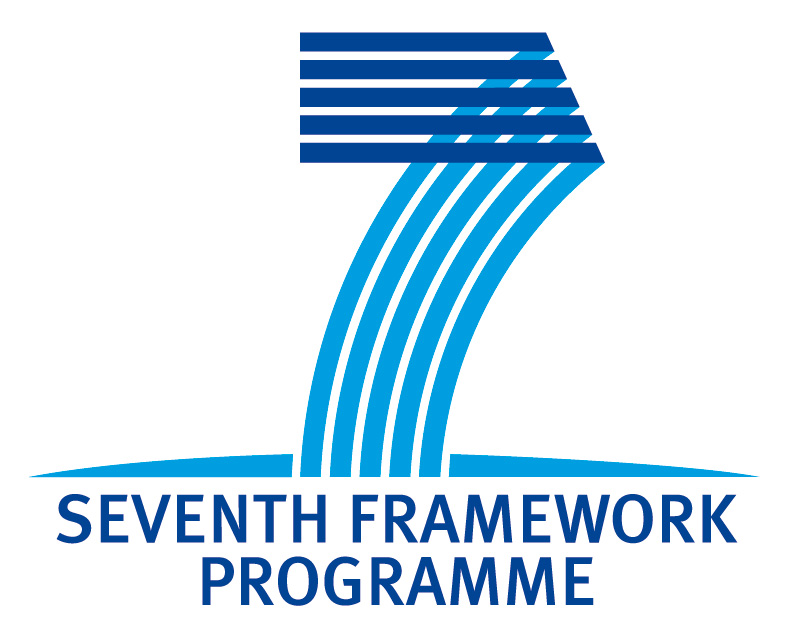Research
Main research objective: tropospheric moisture transport pathways
In the troposphere water appears in all phases (gas, liquid, solid/ice) making it different to all other atmospheric constituents. Phase changes consume or release latent heat, meaning that water can transport energy very efficiently throughout the troposphere. Furthermore, water in form of vapour or clouds (liquid or ice) strongly interacts with short- and long-wave radiation, thereby affecting the atmospheric radiative and energy balances. Due to these latent heat transport mechanisms and radiative effects, atmospheric water strongly impacts on the tropospheric temperature distribution and on the tropospheric circulation on all scales, whereby feedback mechanisms further increase the complexity: water transport affects the vertical and horizontal temperature distribution (via latent heat transport and radiative effects), which in turn affects the atmospheric circulation and thus again the water transport.
Isotopologues of atmospheric water vapour can make a significant contribution for a better understanding of atmospheric water transport, because different water transport pathways leave a distinctive isotopologue fingerprint (see schematic in the attached Figure). The isotopologue composition in the atmosphere can serve as a good proxy for different moisture pathways and for diagnosing the performance of a model in correctly capturing these moisture pathways. For this purpose we need models that include isotopologues and measurement techniques that can reliably detect the isotopologue distribution on different scales.
Our research focuses on the development of reliable global scale remote sensing measurements of tropospheric water vapour isotopologues and the use of these remote sensing data for evaluating the moisture pathways as simulated by different state-of-the-art atmospheric models.

Schematic of water cycle processes that leave distinct isotopic fingerprints in water:
(1) evaporation from the ocean surface; (2) evaporation of sea spray; (3) + (4) continental and altitude effects (dehydration by condensation); (5) + (6) precipitated water accumulated in ice cores, groundwater, sediments, etc., where the isotopologue signal can be used for paleoclimate research; (7) plant transpiration; (8) evaporation from the land surface; (9) below-cloud rain evaporation; (10), (11) and (14) stratiform and convective cloud formation and rainout; (12) mixing of dry and wet air masses; (13) lofting of condensate in deep convection; (15) cirrus cloud formation; (16) oxidation of methane. The Figure has been adopted from E. Christner (PhD thesis, 2015).
Project MUSICA (2011-2016):
MUSICA (MUlti-platform remote Sensing of Isotopologues for investigating the Cycle of Atmospheric water) is a European Research Council project led by KIT and with a group from the Spanish Meteorological Service (AEMET, http://izana.aemet.es/) as partner.
The objective of MUSICA has been to generate a novel tropospheric H216O and HD16O/H216O (or δD = {[HD16O]/[H216O]}/VSMOW – 1; where VSMOW means Vienna Standard Mean Ocean Water) dataset by combining infrared remote sensing measurements performed from ground – in the framework of the NDACC (Network for the Detection of Atmospheric Composition Change) – and space – by the sensor IASI (Infrared Atmospheric Sounding Interferometer flown aboard the MetOp satellites). The multi-platform remote sensing strategy takes benefit from both the long-term characteristics of the ground-based NDACC observations and the wide geographical coverage of the space-based IASI observations. The quality of the remote sensing data has been documented by in-situ measurements performed aboard aircraft and on three different surface based observatories (including two mountain observatories). More details about the MUSICA measurement components can be found here.



![]()
Acknowledgement: MUSICA is funded by the European Research Council under the European Community's Seventh Framework Programme (FP7/2007-2013) / ERC Grant agreement n° 256961.
Project MOTIV (2017-2020):
MOTIV (MOisture Transport and Isotopologues of water Vapour) is funded by the DFG (Deutsche Forschungsgemeinschaft) as a collaborative project between Germany and Switzerland (in the context of the D-A-CH programme with DFG being the Lead Agency). The Swiss project partner is a group at the ETH Zürich (http://www.iac.ethz.ch/group/atmospheric-dynamics.html).
The aim of MOTIV is to establish tropospheric water vapour isotopologues as an observational tool for testing the model representation of atmospheric moisture pathways. For this purpose we generate an unprecedented amount of high quality free tropospheric {H2O,δD}-pair remote sensing data (using the MUSICA retrieval techniques) and perform simulations with a high-resolution isotopologue enabled meteorological model. This combined observational-modeling approach is used for evaluating the modeled moisture transport pathways and for advancing the understanding of moisture transport processes, whereby case studies are performed in three different regions: Europe (focus on moisture sources and isotopologue signals in highly variable weather conditions), subtropical North Atlantic (analysis of moisture transport and cloud feedback uncertainties) and West Africa (investigation of processes that influence the West African monsoon circulation).

![]()
Acknowledgement: MOTIV is funded by the Deutsche Forschungsgemeinschaft (Geschäftszeichen: SCHN 1126/2-1).
Related projects and collaborative research work:
-
GAIA-CLIM, http://www.gaia-clim.eu/
-
EUMETSAT fellowship at our partner AEMET (VALIASI for Validating the operational IASI level 2 products)
-
Spanish National Project NOVIA (Near Operational Validation of IASI’s Level 2 products)
-
Spanish National Project INMENSE (IASI for surveyiNg MethanE and NitrouS oxidE in the troposphere): Middle and upper tropospheric N2O and CH4 products from MetOp/IASI
-
GRUAN auxiliary measurement techniques task team, https://www.gruan-online.org/network/task-teams/tt-ancillary/
-
NDACC/FTIR product developments: very high quality O3 products, O3 isotopologue retrievals, CH4 profile retrievals, etc.
